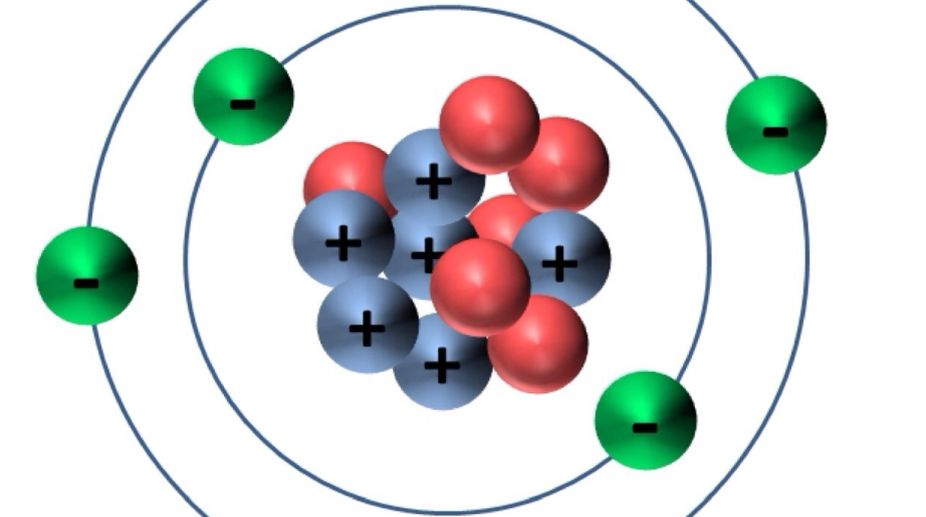The stability of organic molecules is a property of the favourable electronic configuration of each carbon atom in the molecule. This stability is expressed in terms of bond energy — the amount of energy required to break one mole (about 6×1023) of such bonds.
The term bond energy is a frequent source of confusion — it is not the energy that is somehow “stored” in the bond but rather the amount of energy needed to break the bond.
Bond energies are usually expressed in calories per mole (cal/mol), where a calorie is the amount of energy needed to raise the temperature of one gram of water by one degree centigrade. It takes a large amount of energy to break a covalent bond. For example, the carbon-carbon (C-C) bond has a bond energy of 83 kcal/mol.
Advertisement
The bond energies for carbon-nitrogen CN, carbon-oxygen C-O, and carbonhydrogen C-H bonds are all in the same range — 70, 84, and 99 kcal/mol respectively. Even more energy is required to break a carbon-carbon double bond (C=C; 146 kcal/mol) or a carbon-carbon triple bond (C=C; 212 kcal/mol), so these compounds are even more stable.
One can appreciate the significance of these bond energies by comparing them with other relevant energy values. Most non-covalent bonds in biologically important molecules have energies of only a few kilocalories per mole, and the energy of thermal vibration is even lower — about 0.6 kcal/mol. Covalent bonds are much higher in energy than non-covalent bonds and are therefore very stable.
The fitness of the carbon-carbon bond for biological chemistry on Earth is especially clear when its energy is compared with that of solar radiation.
There is an inverse relationship between the wavelength of electromagnetic radiation and its energy content. Specifically, the energy of electromagnetic radiation is related to the wavelength by the equation E = 28,600//l, where X is the wavelength in nm, E is the energy in kilocalories per einstein, and 28,600 is a constant with the units kcal-nm/einstein. (An einstein is equal to one mole of photons.)
Using this equation, one can readily calculate that the visible portion of sunlight (wavelengths of 400- 700 nm) is lower in energy than the carbon-carbon bond. For example, green light with a wavelength of 500 nm has an energy content of about 57.2 kcal/einstein.
The energy of green light is therefore well below the energies of covalent bonds. If this were not the case, visible light would break covalent bonds spontaneously, and life as we know it would not exist. Another important point is the hazard that ultraviolet radiation poses to biological molecules.
At a wavelength of 300 nm, for example, ultraviolet light has an energy content of about 95.3 kcal/einstein, clearly enough to break carbon-carbon bonds spontaneously.
This threat underlies the current concern about pollutants that destroy the ozone layer in the upper atmosphere, because the ozone layer filters out much of the ultraviolet radiation that would otherwise reach the Earth's surface and wreak havoc with the covalent bonds that literally hold biological molecules together.
In addition to their stability, carbon-containing compounds are characterised by the great diversity of molecules that can be generated from relatively few different kinds of atoms.
Again, this diversity is due to the tetravalent nature of the carbon atom and the resulting propensity of each carbon atom to form covalent bonds to four other atoms — because one or more of these bonds can felicitate the build-up of long chains of carbon atoms. Ring compounds are also common.
Further variety is possible by the introduction of branching and of double and single bonds into the carbon-carbon chains. When only hydrogen atoms are used to complete the valence requirements of such linear or circular molecules, the resulting compounds are called hydrocarbons.
Hydrocarbons are very important economically because gasoline and other petroleum products are mixtures of short-chain hydrocarbons such as octane, an eight-carbon compound (C8H18). In biology, on the other hand, hydrocarbons play only a very limited role because they are essentially insoluble in water, the universal solvent in biological systems. There is an important exception to this general rule, however.
The interior of every biological membrane is a non-aqueous environment from which water and water-soluble compounds are excluded by the long hydrocarbon “tails” of phospholipid molecules that project into the interior of the membrane from either surface.
This feature of membranes has important implications for their role as permeability barriers. Most biological compounds contain, in addition to carbon and hydrogen, one or more atoms of oxygen and often nitrogen, phosphorus, or sulphur as well. These atoms are usually part of various functional groups that confer both water solubility and chemical reactivity on the molecules of which they are a part.
Even the phospholipid molecules whose hydrocarbon tails contribute so importantly to the non-aqueous nature of the membrane interior contain atoms other than hydrogen and carbon.
Several of such groups are ionised or protonated (have lost or gained a proton, respectively) at the near-neutral pH of most cells, including the negatively-charged carboxyl and phosphate groups and the positively charged amino group. Other groups, such as the hydroxyl, sulfhydryl, carbonyl, and aldehyde groups, are uncharged at pH values near neutrality.
However, they cause a significant redistribution of electrons within the molecules to which they are attached, thereby conferring on these molecules greater water solubility and chemical reactivity.
The writer is Associate Professor, Head, Department of Botany, Ananda Mohan College, Kolkata, and also fellow, Botanical Society of Bengal, and can be contacted at tapanmaitra59@yahoo.co.in
Advertisement











